<--- Back to Details
| First Page | Document Content | |
|---|---|---|
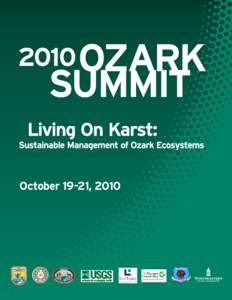 Date: 2010-12-07 12:04:35Bats of the United States Vesper bats Ozarks U.S. Interior Highlands Amblyopsidae Ozark cavefish Ozark Plateau National Wildlife Refuge Ozark big-eared bat White nose syndrome Ozark National Scenic Riverways Indiana bat Illinois River |
Add to Reading List |
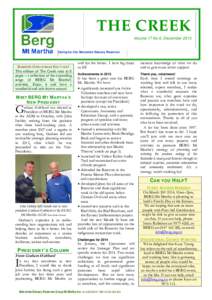 | THE CREEK Volume 17 No 6, December 2013 Caring for the Balcombe Estuary Reserves ?-DocID: 1r3CC - View Document |
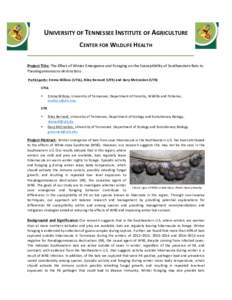 | UNIVERSITY OF TENNESSEE INSTITUTE OF AGRICULTURE CENTER FOR WILDLIFE HEALTH Project Title: The Effect of Winter Emergence and Foraging on the Susceptibility of Southeastern Bats to Pseudogymnoascus destructans PartiDocID: 1qStB - View Document |
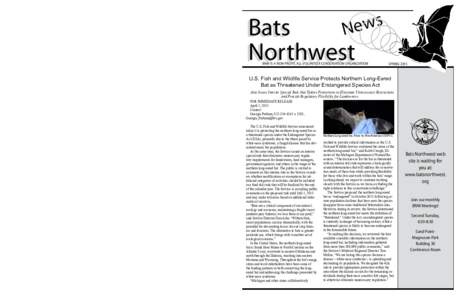 | Become a Bats Northwest Member Join us in the adventure to learn more about our bat neighbors!DocID: 1qA82 - View Document |
 | ARKive image GES143493 - Northern long-eared batDocID: 1qzIi - View Document |
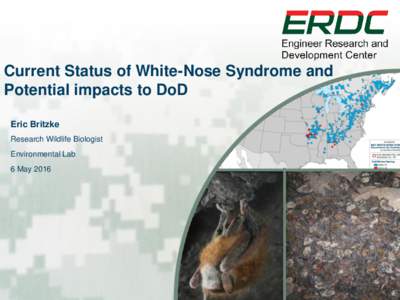 | Current Status of White-Nose Syndrome and Potential impacts to DoD Eric Britzke Research Wildlife Biologist Environmental Lab 6 May 2016DocID: 1pOK3 - View Document |
 2010 Ozark Summit October 19-21, 2010
2010 Ozark Summit October 19-21, 2010